INDIAN ARMED FORCES CHIEFS ON OUR RELENTLESS AND FOCUSED PUBLISHING EFFORTS

The insightful articles, inspiring narrations and analytical perspectives presented by the Editorial Team, establish an alluring connect with the reader. My compliments and best wishes to SP Guide Publications.

"Over the past 60 years, the growth of SP Guide Publications has mirrored the rising stature of Indian Navy. Its well-researched and informative magazines on Defence and Aerospace sector have served to shape an educated opinion of our military personnel, policy makers and the public alike. I wish SP's Publication team continued success, fair winds and following seas in all future endeavour!"

Since, its inception in 1964, SP Guide Publications has consistently demonstrated commitment to high-quality journalism in the aerospace and defence sectors, earning a well-deserved reputation as Asia's largest media house in this domain. I wish SP Guide Publications continued success in its pursuit of excellence.
- MoD initiates comprehensive review of Defence Acquisition Procedure 2020, pushes for defence reforms
- G7: The Swansong
- Kalinga Connect: South Asia to Polynesia
- Must Credit DRDO for Operation Sindoor, now what is next for defence R&D?
- The layered Air Defence systems that worked superbly, the key element of Operation Sindoor
- Operation Sindoor | Day 2 DGMOs Briefing
- Operation Sindoor: Resolute yet Restrained
Second Negative Import List
An all around growth of our defence industry is required, not through the DRDO-OFB-DPSUs alone with role of private defence industry and MSMEs relegated to being subcontracted to the governmental defence industrial complex
 |
The Author is Former Director General of Information Systems and A Special Forces Veteran, Indian Army |
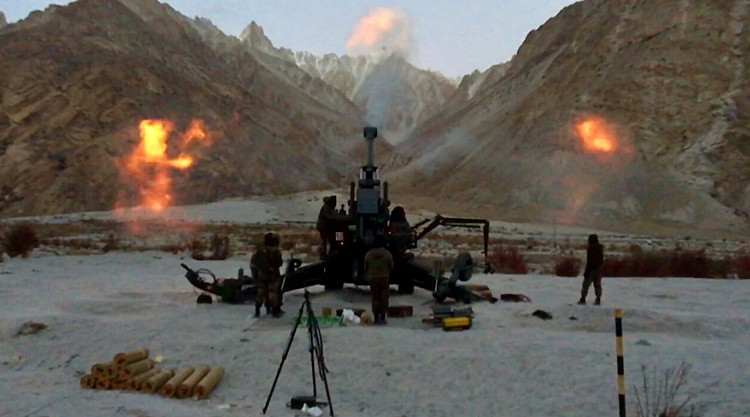
In August 2020, the Ministry of Defence (MoD) had announced the first negative imports list of 101 items that included towed artillery guns, short-range surface-to-air missiles, cruise missiles and offshore patrol vessels besides other items, with the government hoping in recent years that the industry will act as an engine for growth. On February 5, 2021, Defence Minister Rajnath Singh stated during Aero India 2021 that the aerospace sector will play a crucial role in reaching the targets of domestic defence production of $25 billion and exports of $5 billion by 2025.
On May 31, 2021, MoD announced the second negative import list of 108 items and issued a statement saying that in pursuance of Atmanirbhar Bharat and to boost indigenisation in the defence sector, the defence minister has approved notifying the Second Positive Indigenisation List of 108 items and that the decision will give further boost to indigenisation with active participation of public and private sector for fulfilling the twin objectives of achieving self-reliance and promoting defence exports.
MoD announced the second negative import list of 108 items in pursuance of Atmanirbhar Bharat and to boost indigenisation in the defence sector
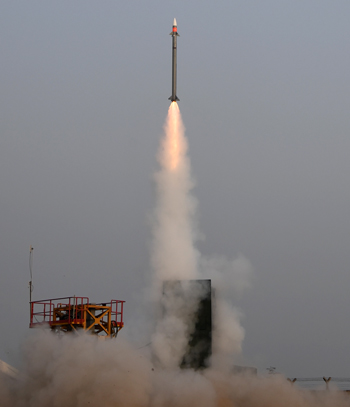
The statement further said that the list "comprises complex systems, sensors, simulator, weapons and ammunitions like helicopters, next generation corvettes, airborne early warning and control (AEW&C) systems, tank engines, medium power radar for mountains, MRSAM weapon systems and many more such items to fulfill the requirements of Indian Armed Forces".
According to Jayant D. Patil, President of Society of Indian Defence Manufacturers (SIDM), the SIDM had given the MoD a list of around 250 items, of which 108 items have been included in the second list. But Patil is sure there will be a third and fourth list as well. With regard to the second list he said, "Some real big-ticket items are part of the negative list. All kinds of tanks now won't be imported. Besides, lots of systems of the tanks will not be imported". He also mentioned other items like major weaponised ships, and major systems, and consumables, a variety of weapons systems, including some missiles.
The new list issued has 49 items that will not be allowed to be imported after December 2021. This includes items like light, medium and heavy combat armoured and / or mine protected vehicles and helicopter with all up weight (AUW) lighter than 3.5 tonnes. Number of items not allowed to be imported in subsequent years include: 21 items after December 2022; 17 items after December 2023; 13 items from December 2024, and; eight items from December 2025.
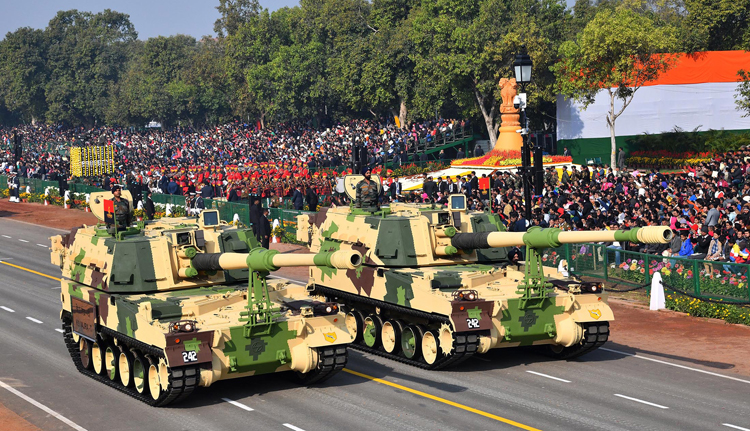
There is no doubt that self sufficiency or Atmanirbhar is a must because we cannot remain dependent on defence imports. However, this requires all around growth of our defence industry, not through the DRDO-OFB-DPSUs alone with role of private defence industry and MSMEs relegated to being subcontracted to the governmental defence industrial complex. Moreover, aerospace is only one sector and other sectors too are equally important. With the Prime Minister's focus on Atmanirbhar there is tendency of ministries to please him by announcing longish lists. But take for example the recent list; there was no need to mention helicopter with all up weight (AUW) lighter than 3.5 tonnes, which is the light utility helicopter (LUH) of the HAL.
There is no doubt that self sufficiency or Atmanirbhar is a must because we cannot remain dependent on defence imports
Negative lists must also take into consideration immediate operational requirements. For example, the Army requires light tanks in certain numbers because of the requirement along the Line of Control having become permanent. If these are now to be manufactured under 'Make in India', it will take few years to meet the requirement. As a consequence there will be that much wear and tear on our heavier tanks like the Russian T-90s, which is not good in the long run, maintenance costs included. The pace of indigenous manufacture too cannot be predicted going by past experience.
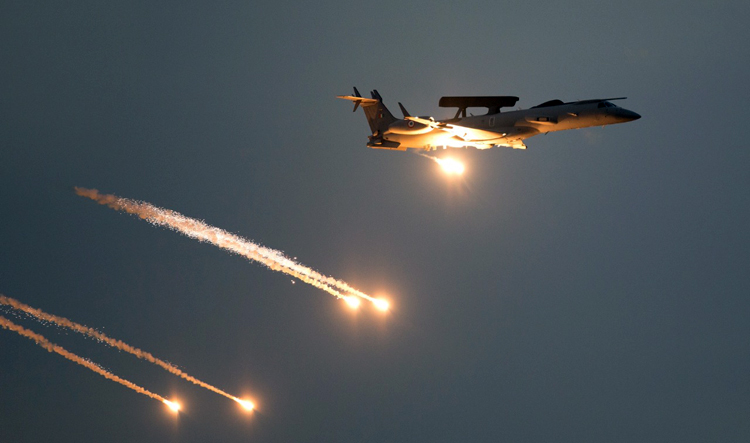
Take the case where Army has been forced to consider proposal for fast delivery of 400 guns under a project that has remained stalled since 2019, with the winning bidder, Israel's Elbit Systems offering over 70 per cent indigenous content and setting up production facilities in India with first 19 guns delivered within 10 months of signing the contract and complete 400 guns by 2025. This is because indigenous development of the K9 Vajra mobile artillery systems, OFB's Dhanush towed artillery guns cannot plug the operational capability gap and the indigenous Advanced Towed Artillery Gun System (ATAGs) having run into problems during user trials, the fastest pace delivery of 150 ATAGs is expected only by 2026 with cost pegged at over Rupees 18 crore per piece. Clearly the embargo on importing artillery guns in the first negative list has not worked out as planned.
Negative lists must also take into consideration immediate operational requirements
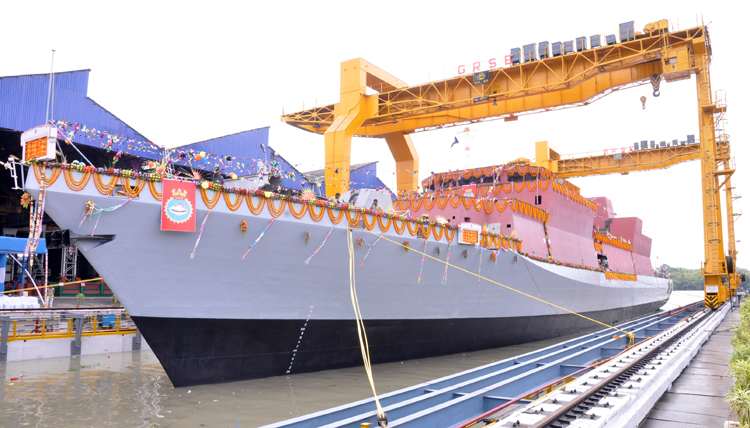
Finally, as part of the measures to reduce the timelines of capital procurements announced by the MoD on June 6, 2021, one decision is that the MoD's Acquisition Wing in consultation with the respective Armed Forces would specify upfront tests for which simulation or third party certification or lab tests would suffice. This may be to push through indigenous products to boost Atmanirbhar Bharat but should never be accepted by the Armed Forces. Capital acquisitions stay with Armed Forces not for years but number of decades. That is why the Army has a complete Corps nominated to undertake comprehensive trials. There have been many occasions when products of the governmental defence industry have not got through successfully in comprehensive trials. Any short cuts under mere simulation and / or third party certification are absurd and must be viewed against China inducting high end technology in the Peoples Liberation Army. We need to avoid slipshod equipping of our Armed Forces.





